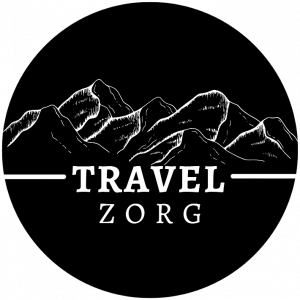

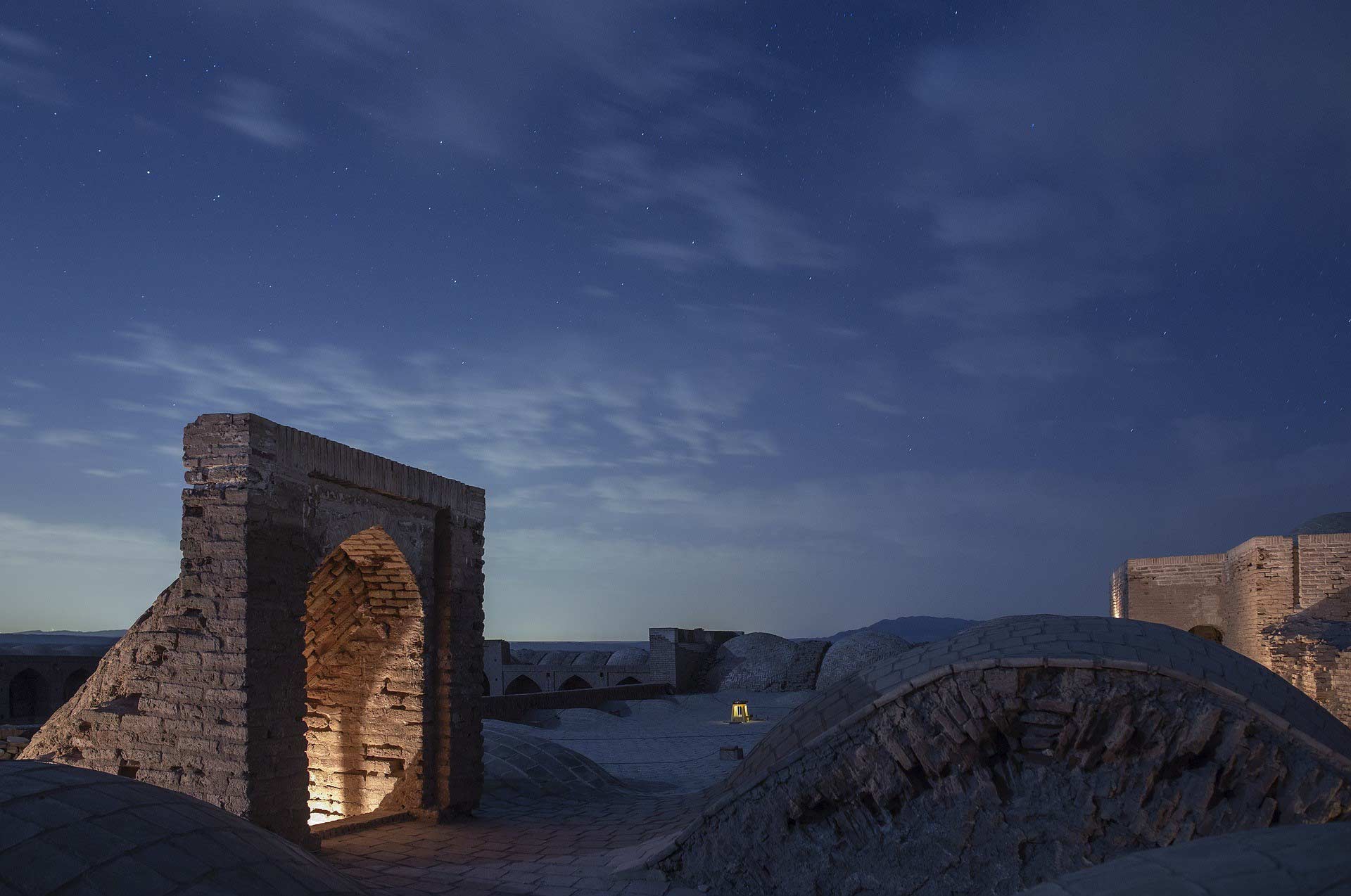
Iran is a fascinating country with a rich history and culture, and beyond that, it is also home to a wide range of interesting and unique facts. From its ancient architecture and art to its modern technological achievements, Iran has much to offer in terms of its cultural and scientific contributions to the world. The country’s natural resources, including its saffron and pistachios, have made it a major player in the global market, while its highly educated population, particularly its female university students, reflects a strong commitment to education and intellectual pursuits. Whether exploring the country’s beautiful mosques and monuments, enjoying its delicious cuisine, or learning about its diverse traditions and customs, Iran is a country that offers a wealth of fascinating insights and experiences.
I will begin the article by answering 4 commonly asked questions about Iran.
Iran is located in Southwest Asia and looking at its map we can see that it Is not landlocked as it has the Caspian Sea to the north, with the Persian Gulf and the Gulf of Oman to the south. As for its land borders, it is bordered by bordered by Armenia, Azerbaijan, Turkmenistan, and, Afghanistan and Pakistan to the east, and in the west is bordered by Iraq and Turkey. I will touch on Iran’s many land borders later in the article.
As for the provinces of Iran, they are called “ostan” in Persian. There are currently 31 provinces in Iran, each with its own governor and capital city. The provinces are divided into smaller administrative regions called “shahrestan” or counties. These “shahrestan” are then further divided into districts and sub-districts.
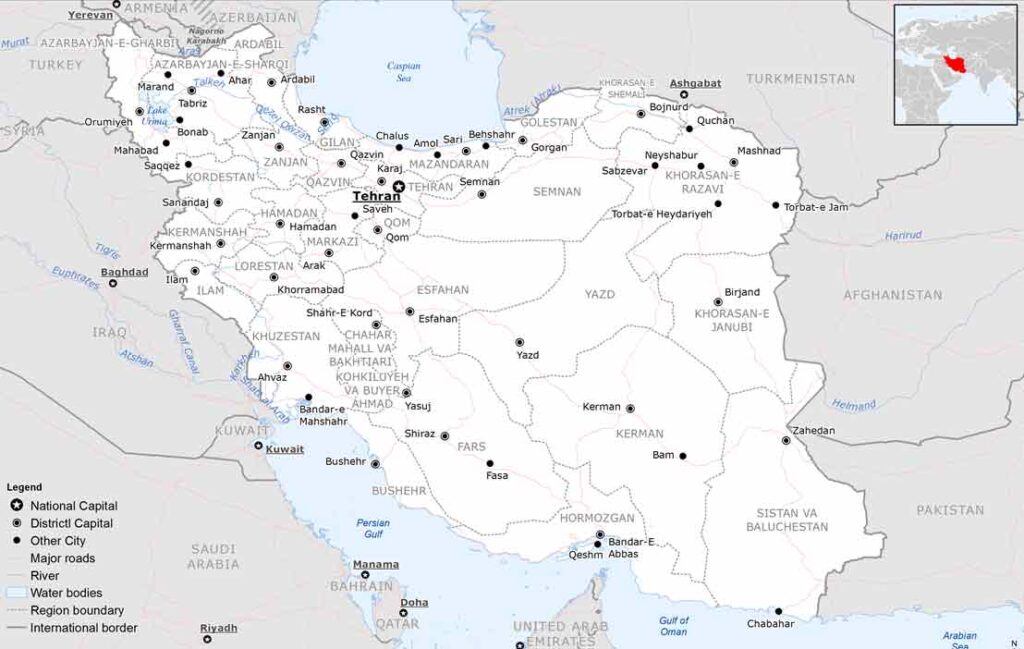
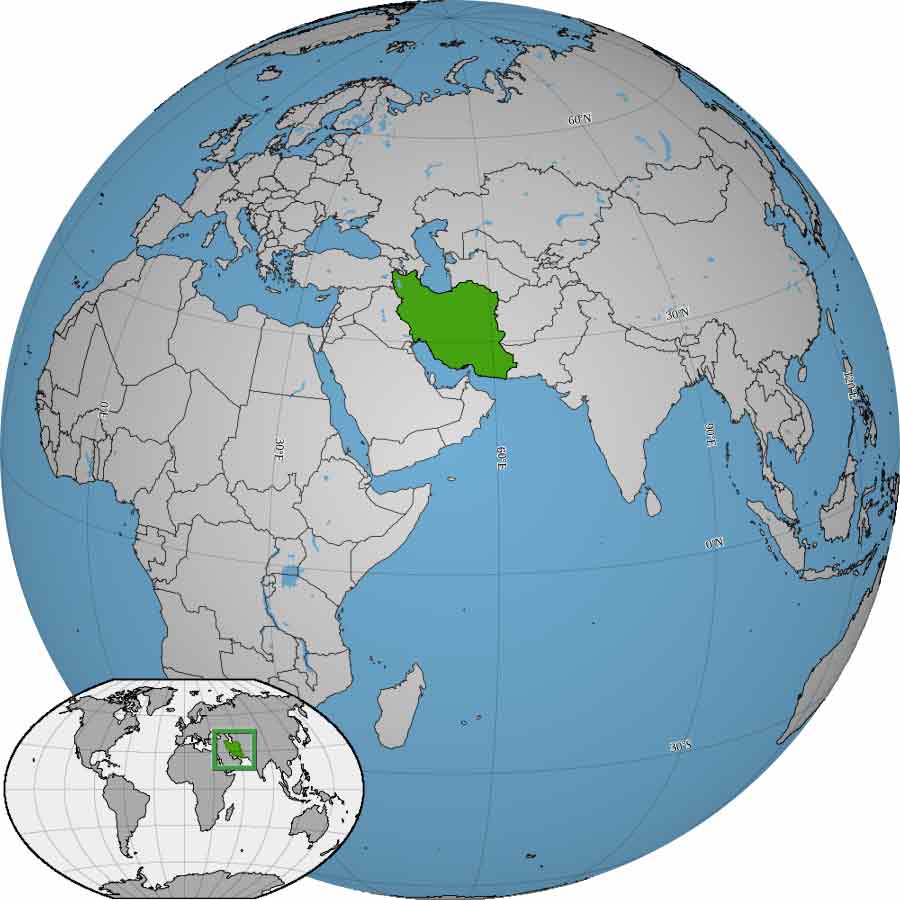
The flag of Iran consists of three equal horizontal bands of green, white, and red, with the emblem of Iran in the center. The green band represents growth, happiness, unity, and the Persian language; the white band represents freedom, peace, and purity; and the red band represents courage, martyrdom, and the blood of those killed in defense of Iran.
The emblem in the center of the flag features a stylized version of the word “Allah” in Arabic script, which represents the Islamic faith of Iran, and it is stylized to look like a tulip as in Iran it’s believed that when a solider is killed in battle a red tulip will sprout from his grave. The flag also has the takbir (the name for the phrase “Allah Akbar” in Arabic) written 11 times each in Kufic script (A stylized version of Arabic) in white, at the bottom of the green, and the top of the red band.
Although this is the official flag of Iran another widely used flag in and out of Iran features the same tricolor design as the official flag but has a Lion and Sun symbol at the center. This flag is flown by those who are exiled from the country and those who oppose the current government of Iran, that took power in 1979.
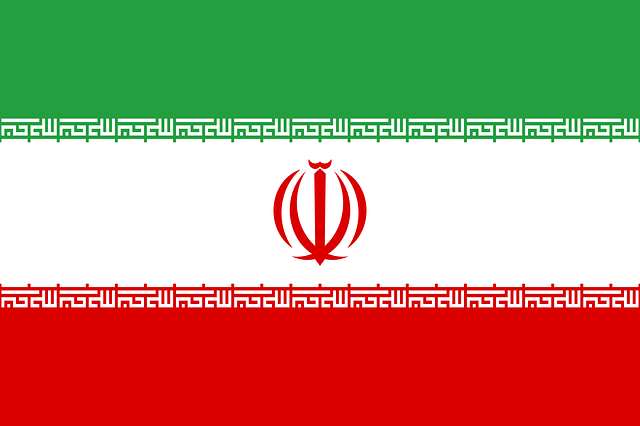

Iran’s currency is currently the Iranian rial (IRR). The rial technically doesn’t have an official symbol but is commonly represented by the “﷼”, this symbol is a stylized version of the word “Rial” written in Arabic script. Although it isn’t the official symbol it is better than nothing, so it is commonly used in bank transactions and in shops.
Iranian rials are printed in denominations of 100, 200, 500, 1,000, 2,000, 5,000, 10,000, 20,000, 50,000, and 100,000 in their banknote form and in their coin form are minted in denominations of 50, 100, 250, 500, and 1,000. Although coins aren’t commonly used due to the diminishing value of the rial.
The rial is subdivided into 100 units called “dinars,” but dinars are not currently used due to the mass inflation in Iran. The inflation is so bad that the government has proposed that they stop using the rial as its main currency but rather turn it into the subdivision currency by introducing a new form of currency called the Toman. The toman would be used at a rate of 1 toman = 10 000 rials.
The official language of Iran is Persian, also known as Farsi in Persian. Persian is an Indo-European language and is the native language of the majority of Iranians. Persian is written in a modified version of the Arabic script, which is called the Perso-Arabic script. The script contains 32 letters, but some of the letters are used only in words that are borrowed from Arabic.
There are also many other languages spoken in Iran, reflecting the country’s diverse cultural and ethnic background. These languages include Azerbaijani, Kurdish, Arabic, Balochi, Gilaki, Mazandarani, and Luri, among other smaller languages and local dialects.
Overall, Persian is a beautiful and complex language that is an important part of Iran’s cultural heritage. It is also an important language in the middle eastern region and is spoken by millions of people outside of Iran, particularly in Afghanistan and Tajikistan as well as many small communities of displaced Iranians living around the world.
With the frequently asked questions out of the way, I will now move on to 11 interesting and fun facts about Iran.
Iran is a country located in southwestern Asia and is bordered by seven neighbouring countries. Iran’s land border runs for an astounding 5 920 kilometres (3 679 miles) which comes as no surprise considering it’s the second largest country in the middle east after Saudi Arabia. To Iran’s north, it shares borders with Armenia, Azerbaijan, and Turkmenistan, and to the east, it shares borders with Afghanistan and Pakistan. To the west, Iran shares a border with Iraq, and to the south, it has a coastline along the Persian Gulf and the Gulf of Oman.
With all these different countries around Iran, it has adopted a unique culture that borrows many different cultural and lingual aspects from its surrounding neighbours. Iran or Persia, at the time when it dominated much of the middle east and Asia, has also left its mark on all those country’s cultures as well as many other counties around the Asian, African, and European continents.
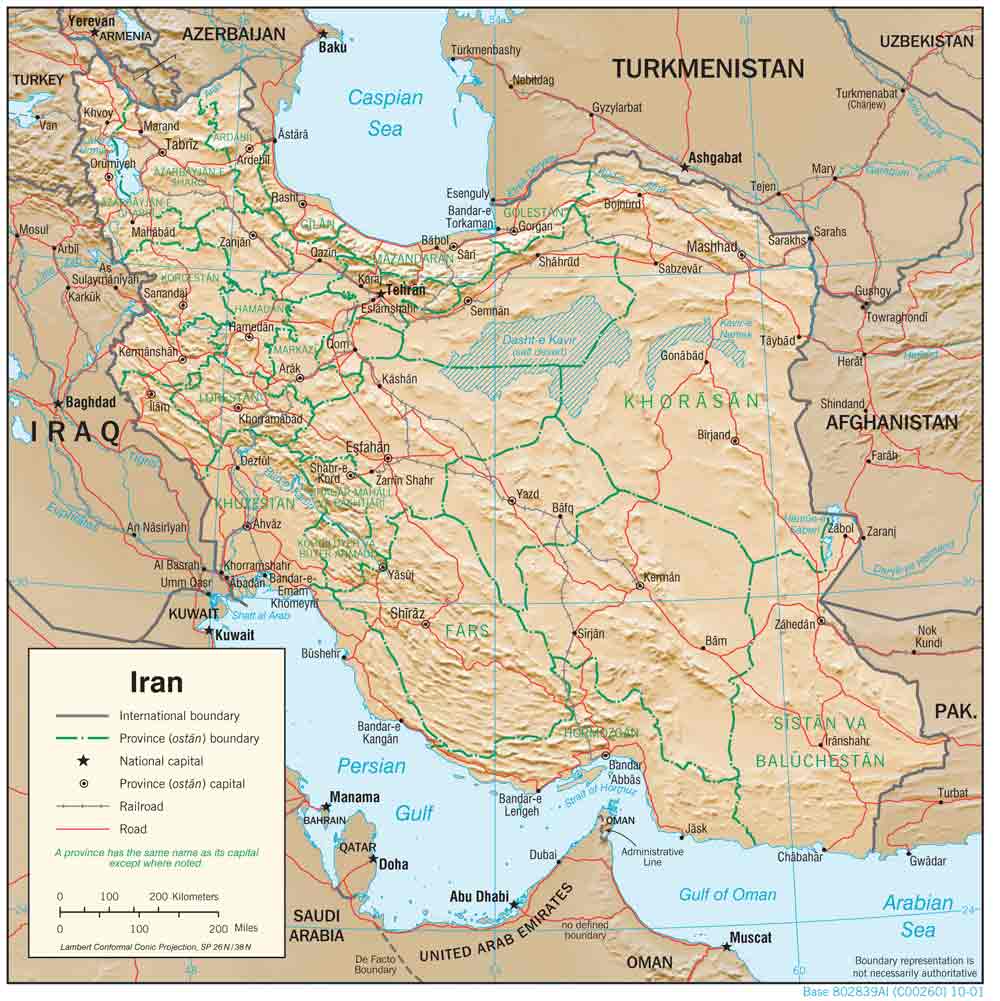
As previously mentioned, Iran is the second-largest country in the Middle East and has a population of approximately 89 million people that accounts for around 1.08% of the world’s total population, and with its relatively high population makes Iran the 17th most populous country in the world.
The average population density in Iran is around 52 per Km2 (134 people per mi2). The population’s growth rate is relatively low at around 1.3% per year but this number is expected to rise as Iran also has an incredibly young average age of around 32 years old.
The capital city, Tehran, is the most populous city in the country, with a population of over 8.6 million people and, Iran’s second largest city is Mashhad set in the northern parts of the country and this city has an estimated population of around 3.3 million people as of 2023.
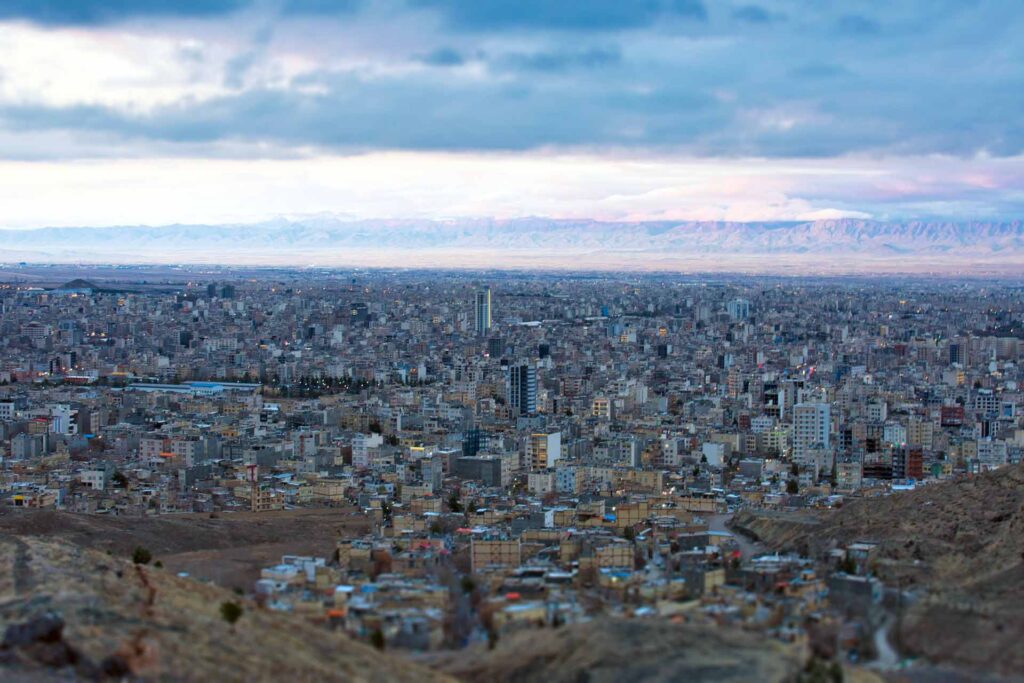
Iran has a total land area of approximately 1 648 195 square kilometers (or 636 372 square miles), making it one of the biggest countries in the world coming in at the 17th largest country in the world by land area.
To put this into perspective, Iran is slightly larger than the combined land area of Spain, France, and Germany. In terms of population density, Iran is relatively sparsely populated, with as previously mentioned an average of 52 people per square kilometer. This is just slightly lower than the global average population density of approximately 56 people per square kilometer.
Iran’s large land size and diverse geography include vast deserts, rugged mountains, and fertile plains. The highest peak in the country is Mount Damavand, which stands at an astounding 5 610 meters (18 406 feet) and is located in the Alborz Mountain range in northern Iran. The country also has numerous rivers, including the Karun, which is the longest river in Iran, and the Zayandeh Rud, which flows through the beautiful city of Isfahan.
Iran’s climate is mostly arid with some areas being semi-arid. Some regions also experience a continental climate due to the country’s size and diverse terrain. Generally speaking though, the weather in Iran is characterized by hot summers and cold winters, with large temperature fluctuations between day and night in many areas.
During the summer months, which typically span from June to September, temperatures in most parts of the country can reach up to 40 degrees Celsius (104 degrees Fahrenheit) or sometimes even higher. The hottest regions of Iran are generally located in the south and southeast.
The winter months in Iran is generally cold and dry, with temperatures often dropping below freezing in many regions. The coldest months of the year are usually from December to February, in contrast to the hot regions of Iran the coldest regions are located in the northwestern and northeastern parts of the country, which can experience temperatures as low as -20 degrees Celsius (-4 degrees Fahrenheit).
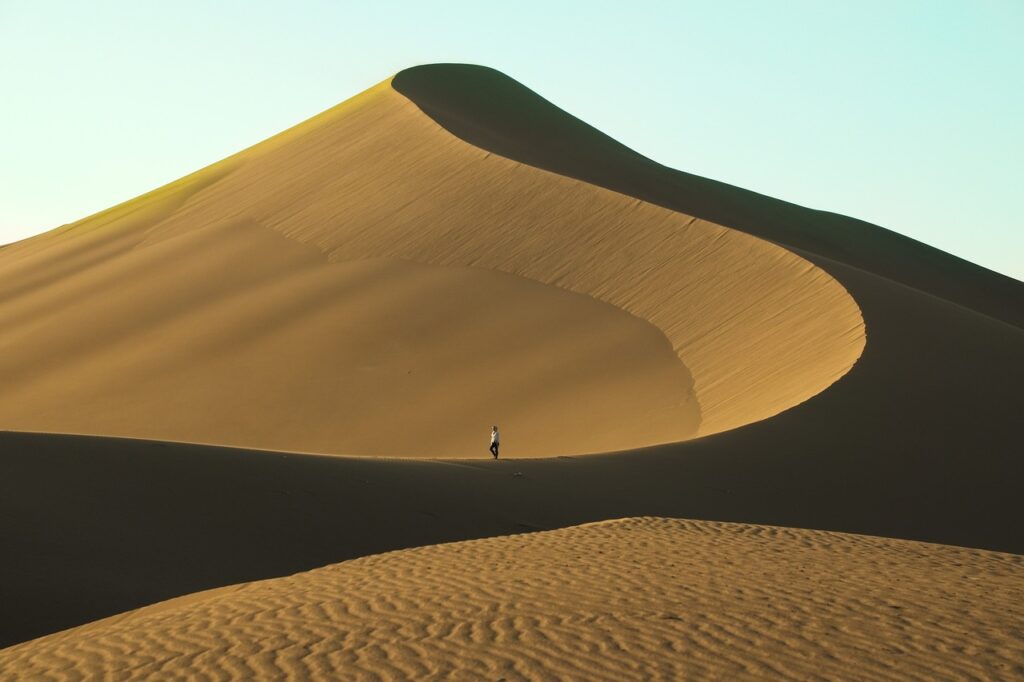
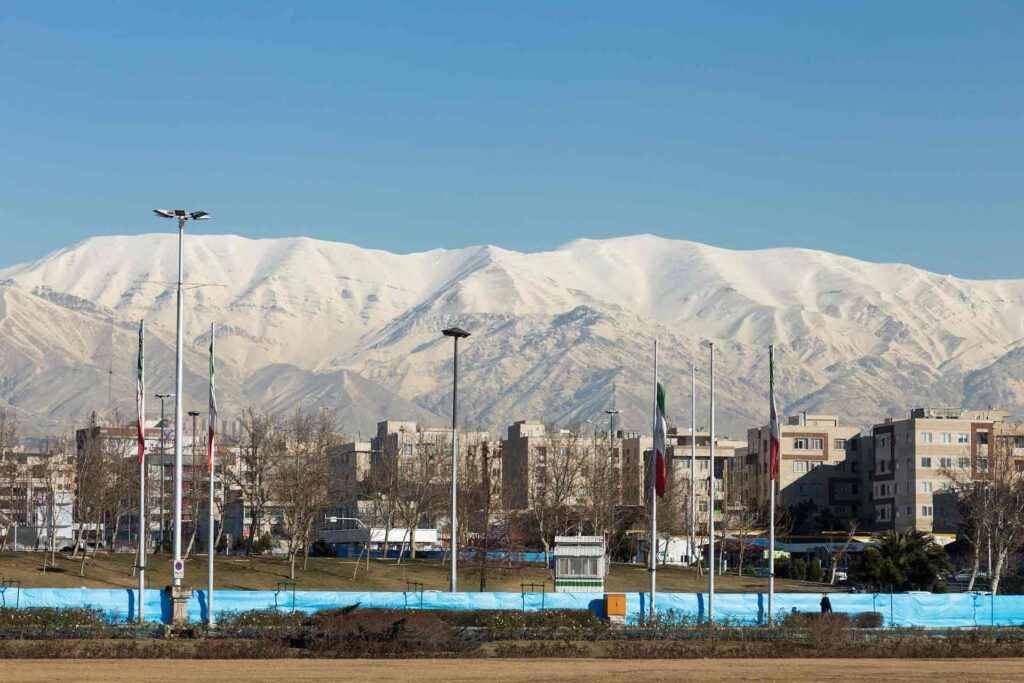
Iran has a rich and diverse sporting culture, with many popular sports being enjoyed for hundreds of years. However, despite their love for sports, the country does not have an officially recognized national sport. But Koshti, a type of wrestling, is often referred to as the national sport of Iran by its people due to its popularity and deep cultural roots.
Koshti is a form of traditional wrestling that has been practiced in Iran for centuries. It is a full-contact sport that utilizes strength, technique, and physical prowess. In Koshti, two wrestlers will face each other on a circular mat, with the objective to take down their opponent by grabbing and controlling their upper body.
Although traditional Koshti is not an Olympic sport, the Iranian national wrestling team is still incredibly successful at an international level managing to rack In Iran 47 Olympic medals for wrestling. This feat shows Iran’s love and passion for the sport.
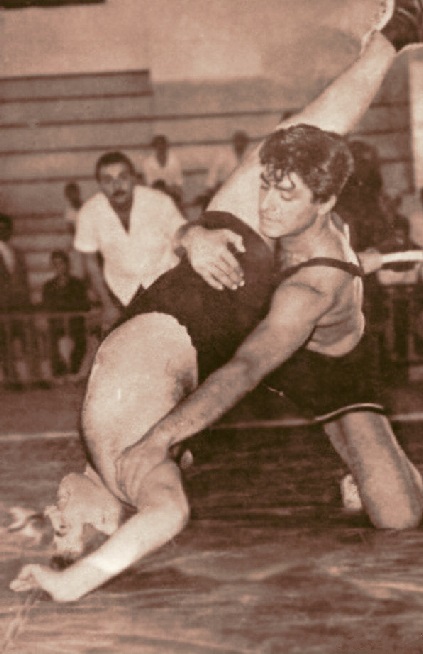
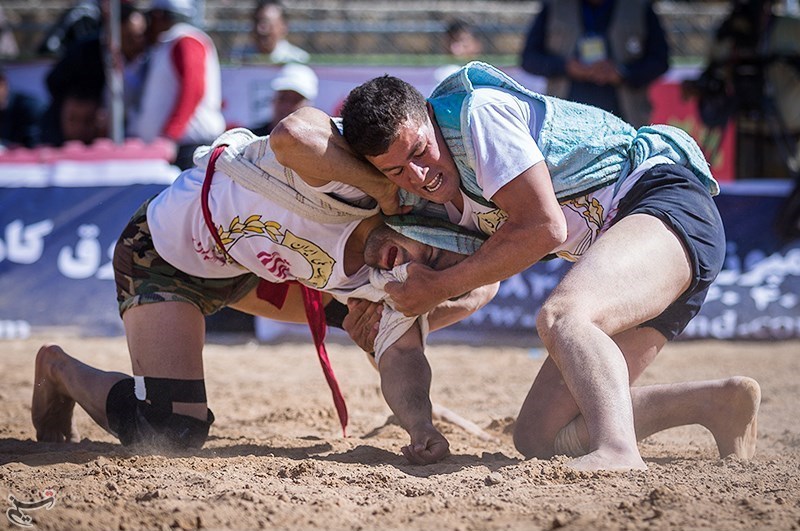
Tehran is the capital and largest city of Iran. Tehran is located in the northern parts of Iran, at the foothills of the Alborz Mountain range.
Tehran is a bustling metropolis with a population of over 8.5 million people. It serves as the political, cultural, and economic center of the country. The city also has a rich history that dates back many thousands of years, and it has been the capital of Iran since the 18th century.
Tehran is known for its beautiful architecture, museums, and art galleries. The city is home to many historical landmarks, including the beautiful Golestan Palace, which is one of Iran’s twenty-four UNESCO World Heritage Sites. The city also features the Azadi Tower, which is a symbol of Iran’s modernization.
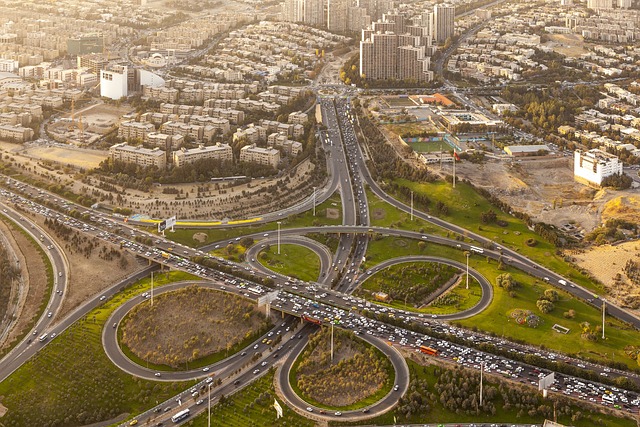
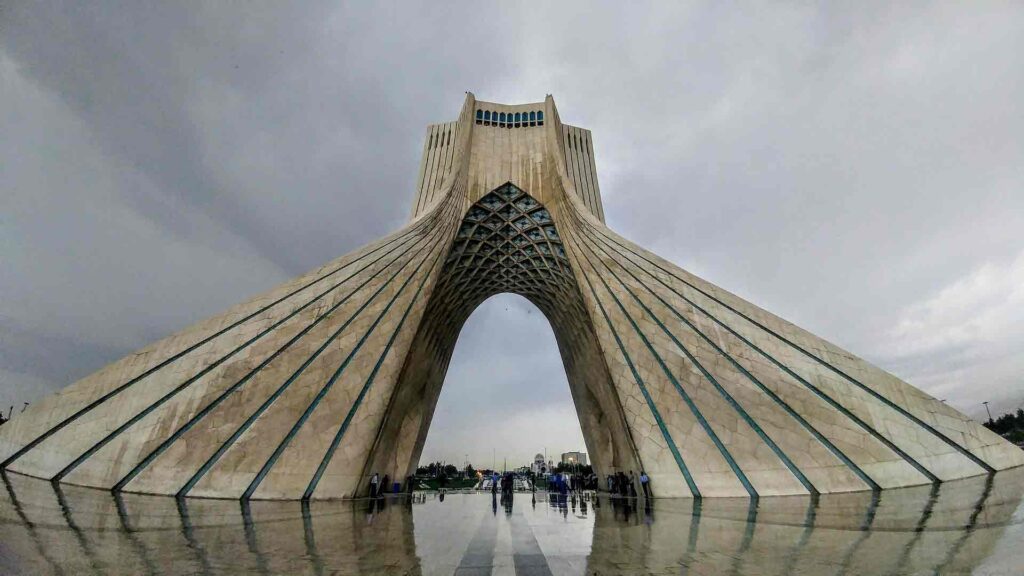
The name “Islamic Republic of Iran” reflects the unique system of government that was established in the country after the Iranian Revolution of 1979.
The Islamic Republic of Iran was established in 1979, following the Iranian Revolution, which was an event in Iran that lead to the overthrow of the monarchy and established an Islamic republic. Before the revolution, Iran was a constitutional monarchy, with the Shah as the head of state. However, many Iranians were unhappy with the Shah’s policies and his perceived closeness to the West, and this discontent eventually led to the revolution.
Following the 1979 revolution, Iran’s new government was based on the principles of Islamic law or “sharia law”. The country’s new constitution, which was approved by referendum in 1979, established Iran as an Islamic republic, with a system of government that combines Islamic principles with democratic elements.
Under this system, the ultimate political authority rests with the Supreme Leader, who is a religious figure chosen by a council of Islamic scholars. The Supreme Leader has the final say on all matters of state, including the appointment of key government officials and the direction of foreign policy.
At the same time, Iran also has a president, who is elected by the people through a process of democratic elections. The president serves as the head of government and has responsibility for the day-to-day governance of the country.
Shirin Ebadi is the first Muslim woman to ever win a Nobel prize. She was born in 1947 in the city of Hamedan and is an Iranian lawyer, activist, and human rights defender. She was awarded the Nobel Peace Prize in 2003 for her work in promoting democracy and human rights in Iran and throughout the Muslim world.
She studied law at the University of Tehran and later became one of Iran’s first female judges. However, after the Islamic Revolution in 1979, she was unfortunately dismissed from her position because of her gender.
Despite her many setbacks, Ebadi continued to work as a lawyer and advocate for human rights in Iran. She represented many political prisoners and victims of human rights abuses, and she became a leading voice for women’s rights in Iran.
In 2003, Ebadi was awarded the Nobel Peace Prize for her efforts in promoting human rights, democracy, and peace in Iran as well as throughout the Muslim world. She was the first Iranian and the first Muslim woman to receive the Nobel Peace Prize.
Since receiving the Nobel Peace Prize, Ebadi has continued her work as a human rights advocate, both in Iran and internationally. She has also written many books on the topic of human rights and the role of women in Islamic societies.
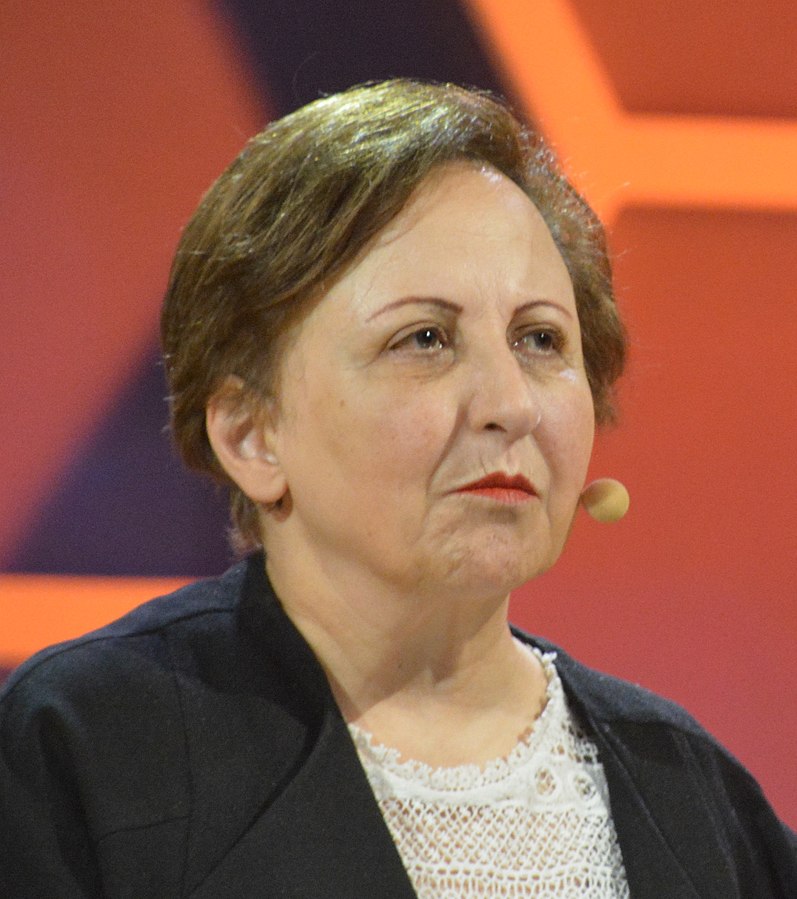
Iranian women have made significant progress in terms of education in recent years. According to the latest statistics available, over 60% of university students in Iran are in fact women. This is a remarkable achievement, considering that in the early 1980s, less than 10% of Iranian women were enrolled in higher education.
The increase in women’s participation in higher education is partly due to the government’s efforts to encourage female enrolment in universities. The government of Iran has implemented many policies that aim to increase female participation in education and employment, including quotas for women in certain fields of study and employment.
Moreover, Iranian women are highly motivated to pursue higher education, and they often excel in an academic setting. This is partly due to the cultural emphasis on education in Iran and the belief that education is the key to success and happiness.
That being said, it’s important to note that Iran’s political and social landscape can be very complex with statistics and policies that may change over time. It’s always a good idea to double-check the most current data on this topic as this article was written on the 12th of April 2023.
Saffron flowers only bloom for a short period of time in autumn, usually in October or November in Iran. During this time, the flowers are carefully harvested by hand, as each flower contains only three stigmas, which is the only part of the flower that is used to make saffron.
After this the 3 stigmas are carefully harvested by hand to avoid damaging the precious crop and dried in the sun. some manufactures may use an oven to speed up the drying prosses as if it takes to long the saffron might get damaged or begin to grow mould.
Once the stigmas are fully dried, they are packaged for sale. Saffron is typically sold in small quantities, as it is a highly prized and expensive spice. It is often sold in small glass vials or plastic containers to protect it from light exposure and moisture.
Iran produces around 90 – 94 % of saffron in the world each year and despite the sheer quantity they produce it is still sought after for its quality and taste. The majority of saffron produced in Iran comes from the Khorasan province in the northeast of the country, which has a favorable climate and soil for saffron cultivation.
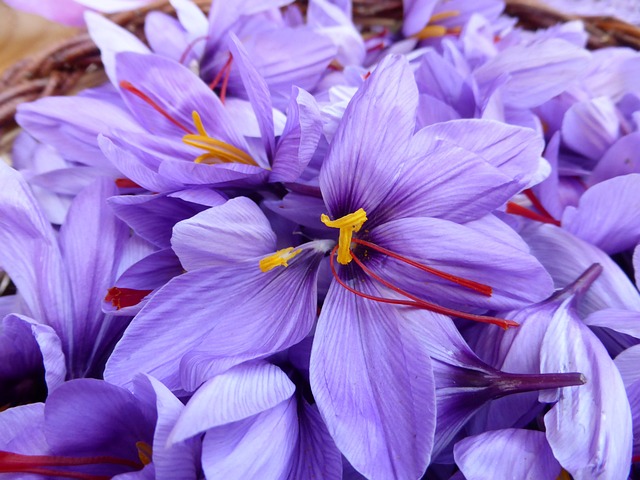
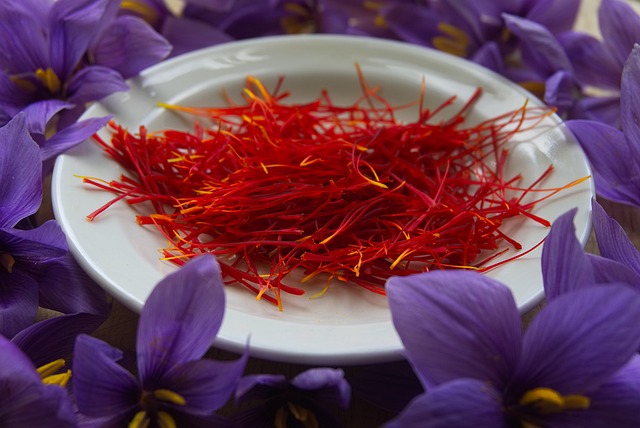
Just like Saffron, Pistachios are a type of nut that is native to the Middle East and has been grown in Iran for thousands of years. The majority of pistachios produced in Iran come from the Kerman province, which is located in the southeast of the country and has a favourable climate and soil for pistachio trees.
Iran being the world’s largest producer of pistachios is responsible for growning approximately 59% of the world’s pistachios. The nut is an important crop for Iran, both economically and culturally.
Iran’s pistachio industry is responsible for the employment of many people, and pistachios are a popular snack and ingredient in Iranian/Persian cuisine. They are used in a variety of dishes, including sweets, ice cream, and stews, and are also consumed on their own as a snack.
In recent years, the Iranian government has made efforts to increase the quality and competitiveness of Iranian pistachios in the global market, with a focus on improving the packaging and marketing of the nuts. Iranian pistachios are known for their distinctive flavor and high quality, which has helped to establish them as a sought-after commodity in international markets.
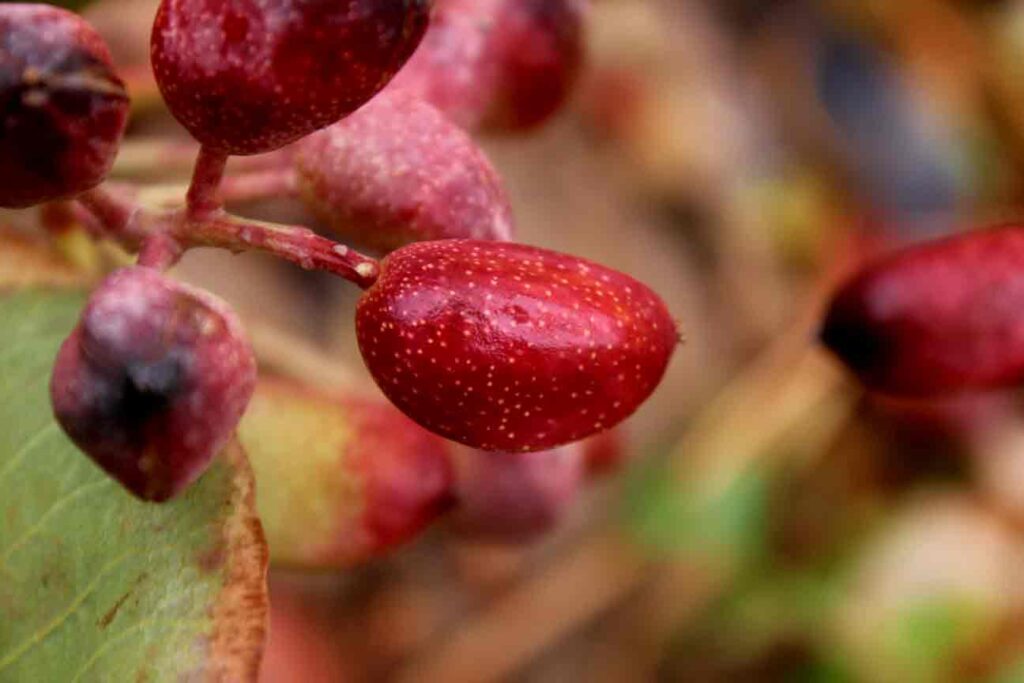
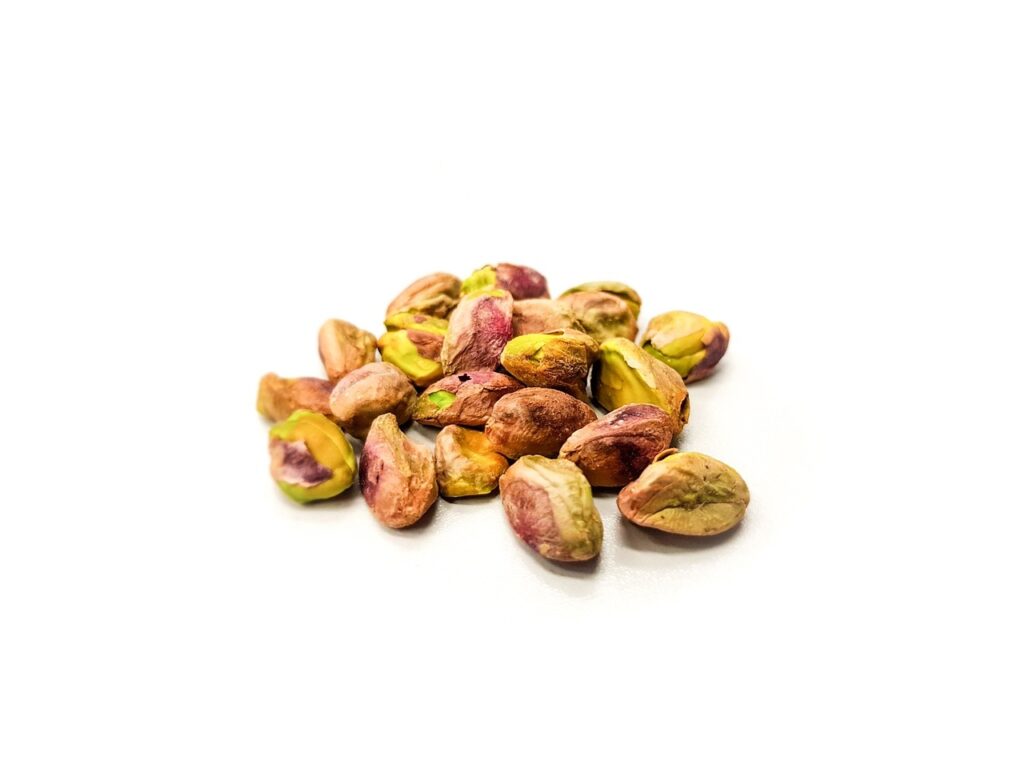
I hope you enjoyed reading this article about the beautiful and fascinating country of Iran! if this article has inspired you to learn more about Iran or you have any other questions about the country please leave a reply below.
And finally, if you really enjoyed this article and want to see a similar one about Armenia: the first country in the world to adopt Christianity please click the link below this picture.
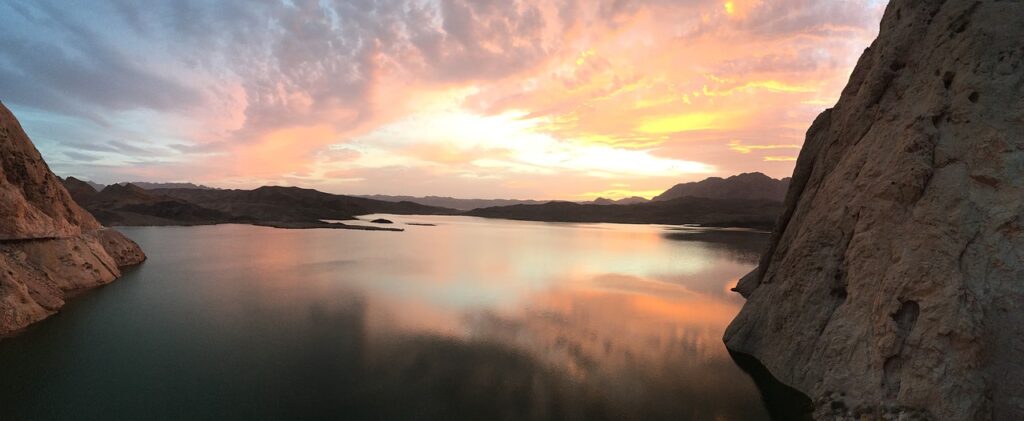
Related post: Armenia: Fun facts about the first Christian country in the world!